Easy To Grow Medicinal Herbs
Conventional medicine is great but sometimes it’s very handy to be able to use some of nature’s natural remedies to address some small health issues. Since you don’t know the growing methods used by grocery store provided herbs, growing your own give you the confidence of knowing exactly how your herbs were raised and harvested. Here are some medicinal herbs to grow at home. The herbs below are safe to use but check with your Doctor to make sure the herbs you’re using do not interact with other medicine you are taking. An added bonus is that some of the medicinal herbs listed below double as culinary spices.
You can take advantage of your herbal harvest by drying your herbs and steeping to make teas. If you’re more adventurous you can infuse the herbs in oils to create your own skin care products such as ointments, salves, lotions or add the dried herbs in melt and pour soap.
Start your plants from seeds or buy small plants at your local garden shop. Here are the best medicinal herbs to grow in your garden with the reasons why they are the most beneficial.
1. Aloe Vera
Aloe Vera (Aloe barbadensis miller)is incredibly easy to grow. It’s a very hardy succulent with many medicinal properties. Aloe Vera is a plant that has been used for medicinal purposes for centuries. It’s known for its healing properties and it has been used to treat conditions such as burns, joint pain, wounds and skin disorders. Cut the leaf and crap the pulp and apply to affected area to help wounds heal faster. The plant can grow in a number of environments and in many different climates.
2. Marshmallow Root
Marshmallow Root s a common plant that has been used for medicinal purposes for centuries. Its root is rich in vitamin C, which strengthens the immune system.
It’s also rich in minerals such as calcium, iron, and magnesium. The root of the marshmallow plant is traditionally used to aid digestion and improve stomach health. It’s an effective remedy for heartburn and acid reflux, as well as other digestive disorders including irritable bowel syndrome (IBS). It’s also used for the hair as a detangler and as a leave in conditioner to add moisture and shine.
The root of the marshmallow plant can also be used to soothe skin conditions like eczema, psoriasis, and acne.
The marshmallow root has been used for centuries as a natural remedy for various ailments.
It’s a perennial plant that grows in moist soils and can grow to be up to three feet tall.
The roots are harvested in the fall and dried for use during the winter months.
The plant is native to North America, and it can be found growing in parts of Canada, the United States, Mexico, and South America.
In addition to its medicinal properties, it also has been used as an additive to food products such as marshmallows and root beer. Marshmallow is an herb that can be grown from seed or as a small plant. It grows well once established. Its healing properties are derived from its roots, so it’s important to harvest it at an early age. You should also keep the plants small so they can self-sow in spring or fall.
3. Moringa
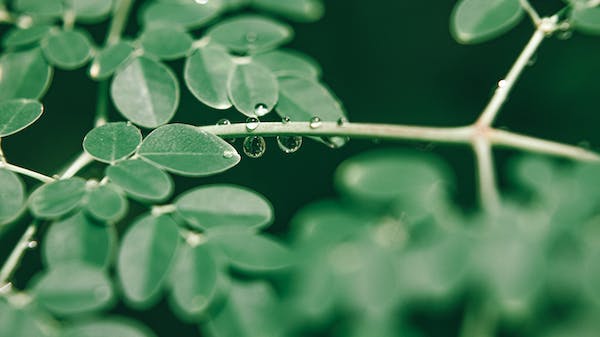
If you’ve got the right climate conditions for this powerhouse herb, then you’ve got a definite win for your medicinal garden. It’s best to start the moringa plant from seeds in pots, as the plant thrives outdoors in unless tropical or subtropical climates. Moringa has been scientifically proven to help with such health conditions as lowering blood sugar, reducing blood pressure, protecting your cardiovascular system, nourishing hair and skin and healing wounds or other skin irritation.
Several studies indicate that Moringa is also useful in the treatment of pancreatic cancer, rheumatoid arthritis, and can heal and reduce inflammation in the brain.
4. Chamomile
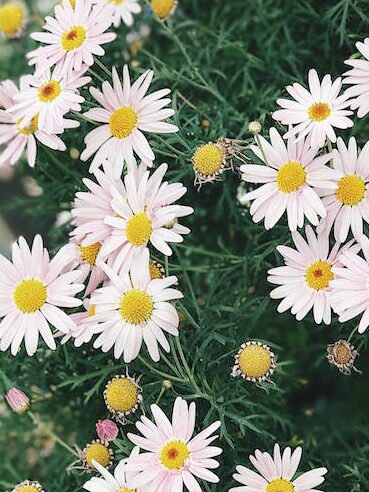
There are two varieties of Chamomile, Roman Chamomile and German Chamomile. Both produce delicate white flowers. Roman Chamomile is a low growing herb, while German Chamomile grows as a bush reaching 1 – 3 feet in height. German Chamomile is the more potent of the two varieties. German Chamomile is another one of the best herbs for children. Chamomile tea has anti-inflammatory properties and is effective for easing digestive problems and nervous stress. It’s also a natural insect repellent. In the garden, Chamomile attracts beneficial insects and keeps harmful insects away from sensitive plants.
5. Lavender
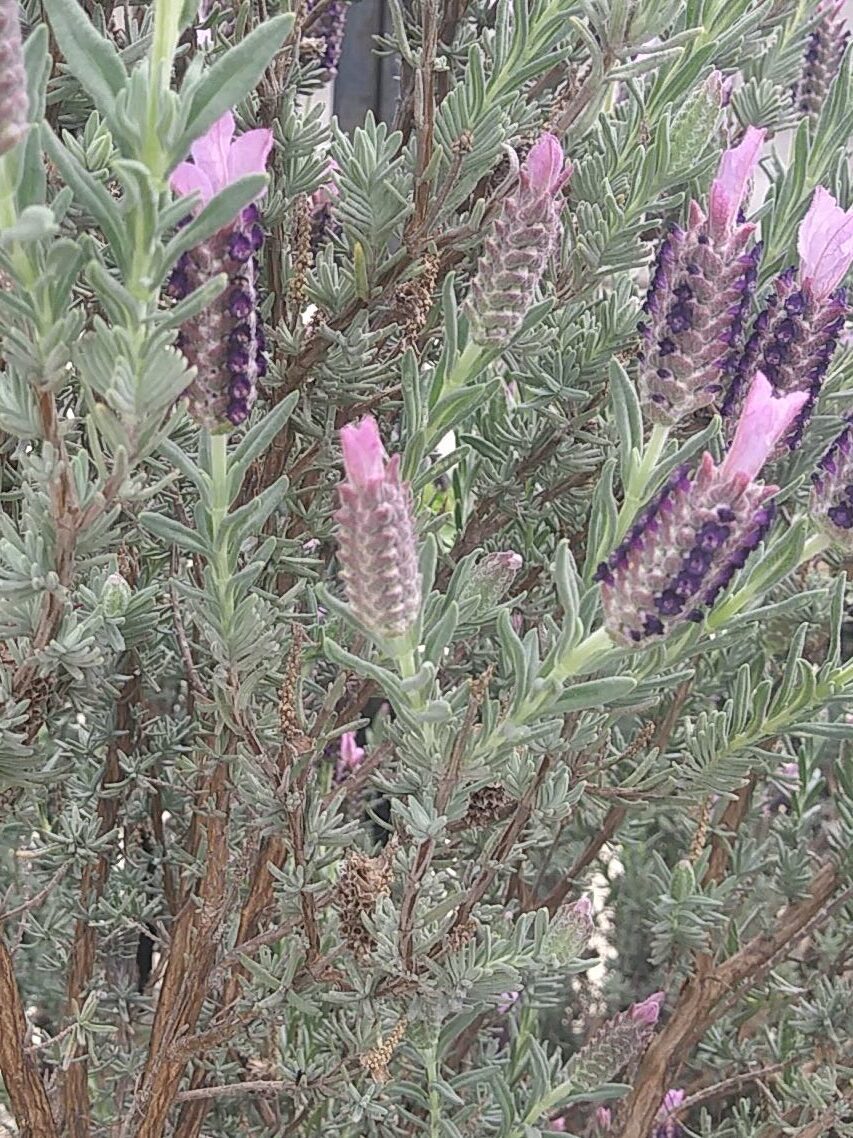
Lavender (lavandula angustifolia) Lavender is a beautiful plant that has many health benefits. This fragrant flower is known for its anti-inflammatory properties, and lavender tea is also a soothing, calming tea. Flowers are also very beneficial for the skin, and it has a long history of medicinal use. It’s an excellent herb for calming feelings, and lavender tea is commonly blended with other herbs.
Lavender is a flowering plant in the mint family. It has been used for medicinal purposes and to scent clothes for centuries. The scent of lavender is said to have a calming effect and can help those suffering from mild insomnia. Research from 2015 showed that people who used lavender aromatherapy felt more refreshed upon waking. Another 2010 study conducted by Trusted Source on people with anxiety disorders revealed that orally administered lavender oil helped them sleep longer at night.
– Lavender can be grown from seed, cutting or division of the rootstock (the main stem).
– The most common way to grow lavender is from cuttings because it’s cheaper and easier than growing from seed or division of the rootstock.
– In order to grow lavender, you need well-drained soil that is not too heavy with clay or sand. You also need good sunlight and enough water in hot weather conditions.
– Lavenders are usually pruned twice a year – once in early spring before they start growing and again in late fall after they have become dormant (finished their growing season).
6. Thyme

Thyme is another great herb that can be grown at home. It supports a healthy respiratory system and corrects fungal imbalances. Thyme is a herb with many medicinal benefits and it’s also a very easy herb to grow.
Thyme can be used in a variety of ways. It can be used as a seasoning, an ingredient in soups, or even as a herbal tea. Thyme has been shown to have both antibacterial and antifungal properties which means that it can help with stomach issues such as gas, bloating, and indigestion. It has also been shown to help with coughs, sore throats, bronchitis, asthma and even the common cold.
Thyme is one of the easiest herbs to grow because it thrives in just about any type of soil or climate condition. It only needs some water every couple of days and some sunlight for about six hours per day for optimal growth. Herb gardeners recommend using a potting mix with a high clay content for thyme because it prefers damp soil. Thyme is easy to tell apart from other similar plants like oregano and marjoram; the leaves of thyme are opposite each other, while those of oregano are paired up on one stem. Thyme has leaves that are shaped like a flattened diamond. They grow in pairs, with each leaf having a pointed tip and a rounded stem.
Thyme only grows about half an inch per day, so it’s easy to keep thyme small for flower arrangements or even cuttings for propagation. Thyme can be used as food or in cooking and is available dried, fresh, and in oil form. It’s also used medicinally to treat stomach cramps, colds, and headaches. Thyme is best transplanted into a sunny location and needs well-drained soil and regular watering.
7. Garlic
Garlic is another herb you can grow at home. It’s anti-microbial and can fight bacteria, fungi, and viruses. It’s also high in antioxidants. Garlic can also help lower blood pressure.
Garlic is a staple in many kitchens and households. It has been used for centuries for its medicinal benefits, but also for cooking purposes. Garlic can be eaten raw or cooked, crushed or minced. Garlic is known to have antibacterial properties, which makes it useful against sicknesses like colds and flu.
Garlic is pretty simple to grow at home. Purchase your seed bulbs from your local nursery or farmer’s market. Select the type which is appropriate for your climate. Separate the cloves and plant in the ground neck side facing upwards. Plant about two inches deeps and about 4 inches apart. Garlic grows best in full sun in soil that is loose and well-draining. Your garlic will be ready for harvesting in about 9 months.
8. Mint
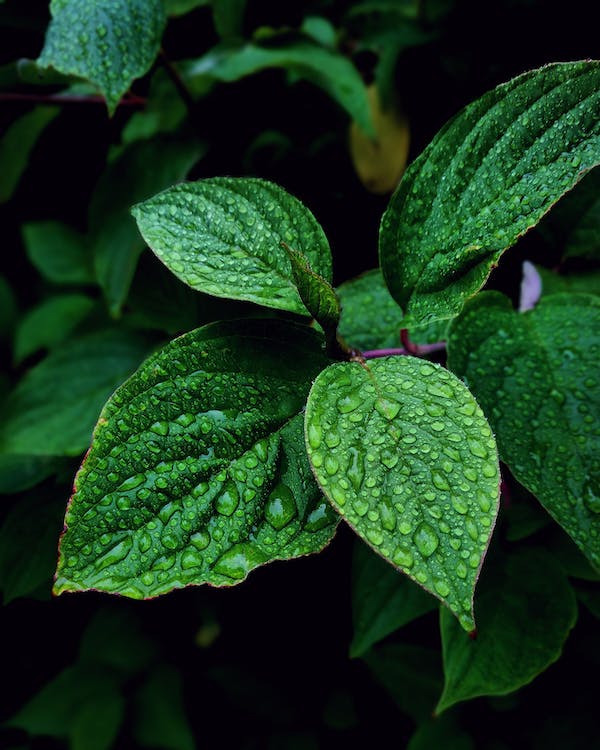
Mint is a perennial herb that can be grown indoors and outside. There are over 600 varieties of mint. The most popular one is Peppermint (sometimes referred to as Chocolate Mint, as some feel it has hints of the chocolate scent). Brew a cup of peppermint tea to help with indigestion, toothache, and colic.
Mint is one of the easiest herbs to grow in your garden. You just need to plant it in moist soil with plenty of sunlight and it will grow quickly. Mint is a pervasive plant and can take over your garden, so it’s best to grow your mint in pots.
There are many varieties of mint you can choose from, but peppermint is the most popular because it has the strongest flavor. It also has cooling and soothing properties that work great in your homemade salves.
Peppermint tea or peppermint essential oil have been used to repel mice. Many natural rodent repellents use peppermint essential oil, which is a turnoff to them.
9. Oregano
Oregano is another excellent herb for the home garden. It’s well-loved as a culinary spice, Great in sauces and soups and on pizza. Oregano as a medicinal herb is a rockstar. Oregano is full of antioxidants which can help neutralize free radicals that cause chronic diseases like heart disease and cancer.
It’s a perennial herb that grows well in dry and hot conditions. It’s easy to grow and requires hardly any maintenance. It can be harvested throughout the growing season. Oregano can also be dried and stored for later use.
10. Lemon Balm
Lemon Balm is a perennial herb that can be used as a medicinal herb, flavoring, or as an ornamental plant. Lemon Balm is a perennial herb that can be used as a medicinal herb, flavoring, or as an ornamental plant. It has been used in cooking to add flavor to dishes and has been shown to have anti-inflammatory and anti-bacterial properties. Lemon balm is grown in the following areas: – Full sun – Moist soil with proper drainage – Temperature above 70 degrees Fahrenheit – Range of annual precipitation of 10-20 inches.
11. Holy Basil
Holy basil is a member of the Ocimum genus. The plant has been used for centuries in traditional medicine, and it has been shown to have many medicinal benefits. The leaves can be used to make a tea, which can be taken throughout the day as a preventative measure against colds and other illnesses. The leaves are also effective for treating stomach problems, including indigestion, diarrhea, and stomach ulcers. Holy basil can also be applied topically to treat skin conditions like warts and acne. Holy basil is an annual plant that should be grown indoors or in a greenhouse where there is plenty of sunlight. It needs fertile soil that drains well and warm temperatures to grow properly.
12. Calendula
Calendula (or calendula officinalis) is a genus of about 15-20 species of flowering plants in the family Asteraceae. It’s also known as pot marigold, common marigold, garden marigold, and English daisy. Calendula has many medicinal benefits. It can be applied to wounds as a poultice to reduce inflammation and promote healing. It can also be used as an ointment to soothe skin irritations such as eczema or dermatitis.
The yellow flowers are edible and can be used in salads or consumed raw to treat stomach ulcers, diarrhea, and colic symptoms in infants. The plant can grow up to 1 meter tall and has yellow-orange petals with a diameter of 3-5 centimeters with two lobes at the end that look like ears. The leaves are opposite each other on the stem and are long stalked with serrated edges that form an oblong shape that is 2-4 centimeters long by 1 -2 wide. It has a taproot. Calendula is native to the Mediterranean region. It’s used for culinary and medicinal purposes.
13. Bergamot
Bergamot (Monarda fistulosa) or Wild Bergamot is a medicinal herb that has been used for centuries. It produces beautiful pink to lavender shades of flowers. It’s a plant that can be grown in a variety of different climates and it has many medicinal benefits. The Bergamot plant is native to the Mediterranean region, and it thrives in hot, dry climates. It can also grow in more temperate regions with cooler summers, such as the US Pacific Northwest or the Alps. People have used Bergamot for centuries to treat various ailments, including stomach problems, respiratory infections, skin infections and headaches.
The leaves, roots and flowers of the Bergamot plant contain a variety of medicinal compounds that have been found to have antibacterial and anti-inflammatory properties. Bergamot has also been used by some people to treat muscle spasms, arthritis, fever, and kidney stones. Bergamot is thought to have antimicrobial and antioxidant properties.
14. Echinacea
Echinacea, (echinacea purpurea) also known as Coneflowers produce beautiful flowers in a variety of colors Purple Coneflowers, the most common, are easy to grow and are drought tolerant. Echinacea is a plant that is known for its ability to help with respiratory issues such as colds and sore throats. This is a definite “go-to” for colds and flu symptom as it can help lessen the duration of cold or flu. Brew a tea at the first sign of symptoms.
In addition to treating the common cold, it has also been used to relieve pain from rheumatism and arthritis, as well as reduce fever with infections.
Echinacea is an herbaceous perennial plant that grows in the United States, Canada, Mexico, Europe, Asia, and Australia. It can grow up to three feet tall and has purple or pink flowers that bloom in late summer or early fall. The leaves are oval-shaped with pointed tips. The roots of the echinacea plant have a long history of use by Native Americans as an herbal remedy for various ailments including wounds and snakebites.
15. St. John’s Wort
Hypericum perforatum is commonly known as St John’s wort. St. John’s wort is a natural herb that has been used for centuries to treat mild depression and anxiety. It’s believed that the active ingredient in St. John’s Wort, hypericin, may be able to increase serotonin levels in the brain, which could lead to a reduction of depressive symptoms.
There are many benefits to taking St. John’s Wort, including:
– Decreased feelings of sadness and anxiety
– Improved mood
– Increased energy level
– Reduced feelings of tension and restlessness
16. Ginger
Ginger is a plant native to Asia, but it’s now grown in many other parts of the world, including the United States. The root can be eaten raw or cooked, or it can be dried and ground into a powder. In addition to promoting digestive health, ginger may also reduce nausea and vomiting during pregnancy and alleviate the pain of menstrual cramps.
17. Rosemary
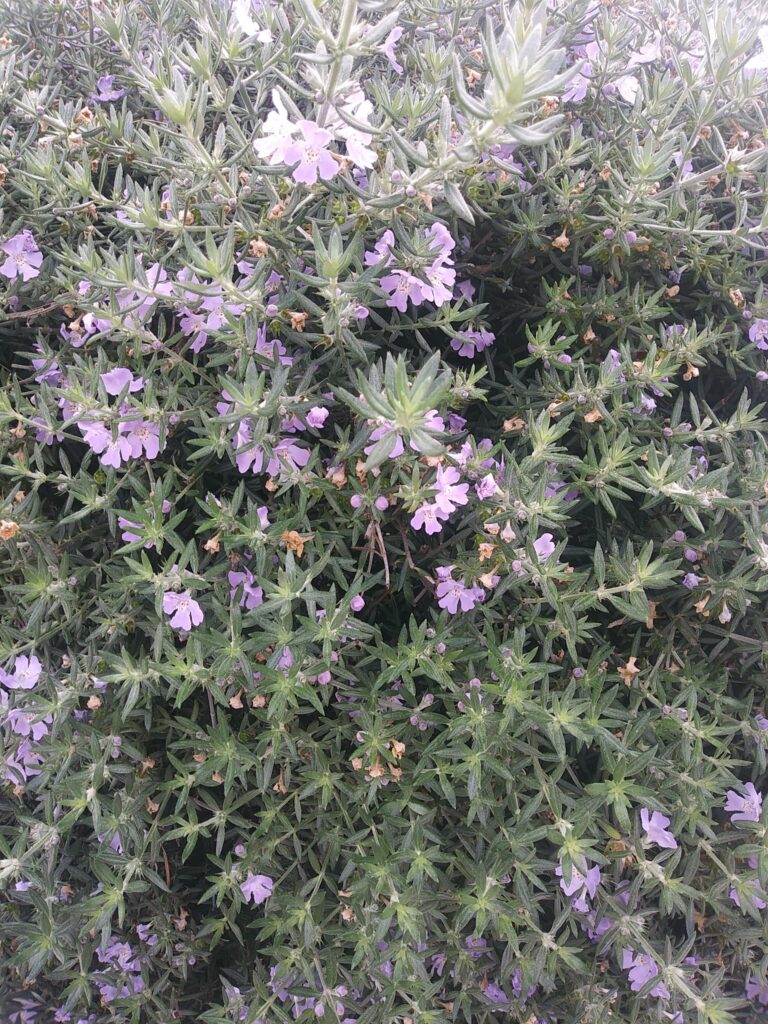
Rosemary, another culinary spice, is high in antimicrobial, anti-inflammatory and high in antioxidants. It can be used to help lower your blood sugar, improve your mood and memory. It may also help to improve your vision and eye health as well as support brain health. Use it as a hair rinse to promote hair and scalp health.
Rosemary prefers full sun and light, well-drained soil. Rosemary is a drought tolerant, evergreen perennial that is classified as a subshrub for the woody lower stems that develop as it matures. Water regularly but be sure to let the soil dry out between waterings.
Enjoy your harvest and be sure to share with family and friends. Again, please check with your doctor before beginning any treatment using herbal medicine.
Do you have a favorite medicinal herb that you grow at home? If so, please share. I’d love to hear what you use to help yourself and your family.
References

